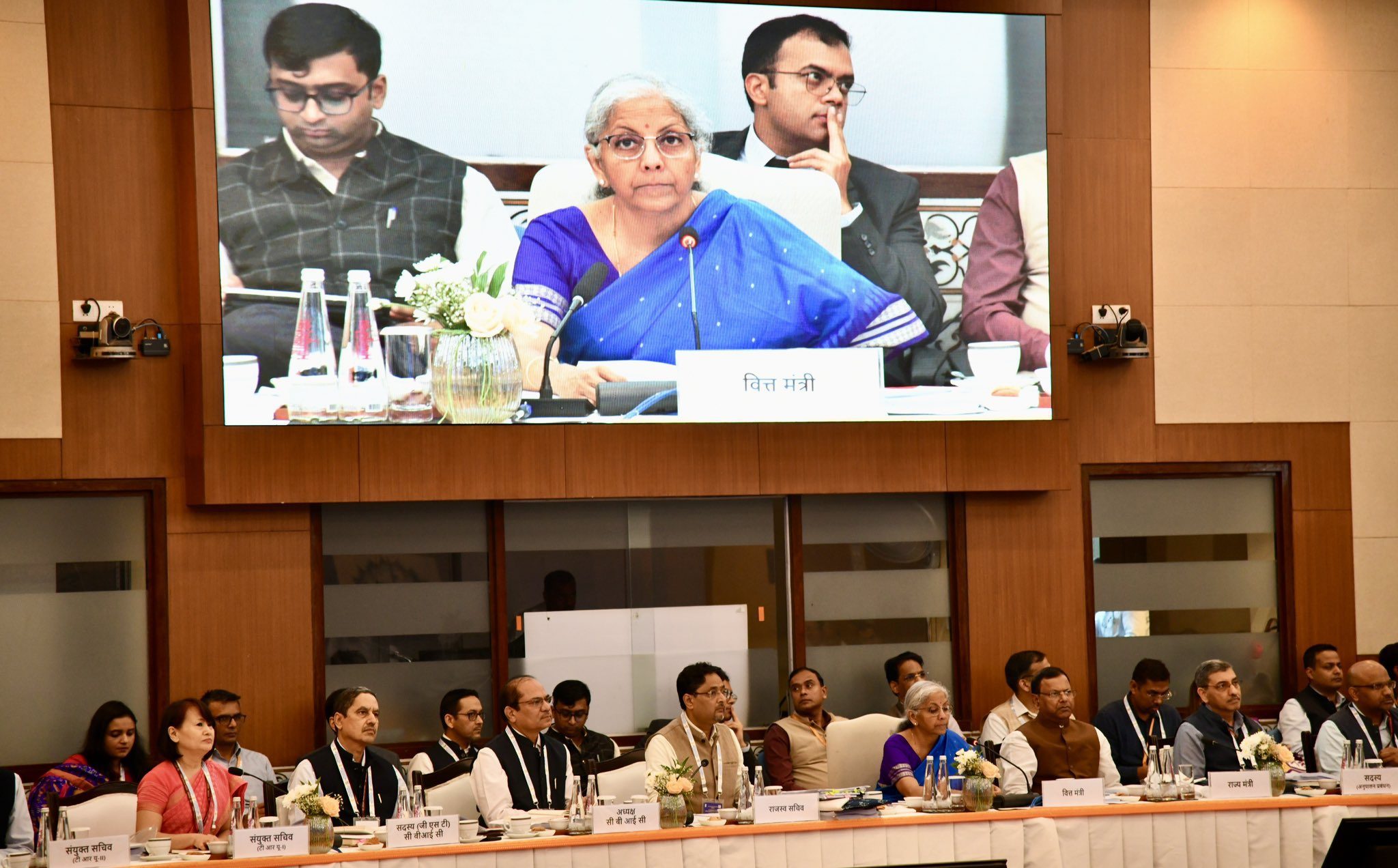
India Simplifies Tax Regime To Boost Consumption and Growth

Insights & News


Vietnam Concludes Framework for Reciprocal Trade Agreement With the United States
The BGA Vietnam Team, led by Managing Director Nguyen Viet Ha, wrote an update on …

Cambodia-US Trade Pact Expands Market Access and Investment
The BGA Cambodia team, led by Managing Director Bora Chhay, wrote an updated to clients …

China’s Fourth Plenum Concludes With Recommendations for 15th Five-Year Plan
BGA China Adviser Eric Wang and Account Manager Sam Overholt wrote an update to clients …
At BowerGroupAsia, we are committed to
delivering result-oriented solutions for our clients
We have proven track record of helping the world’s top companies seize opportunities and manage challenges across the dynamic Indo-Pacific region.




















